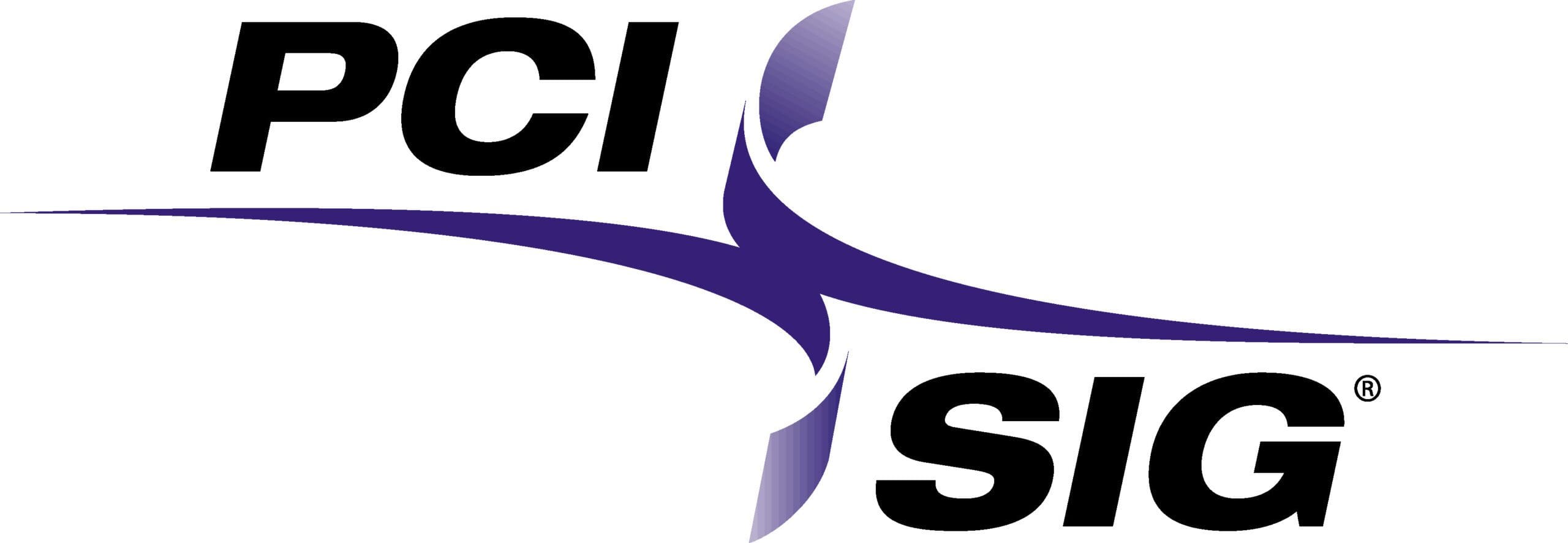Kailash Narayanan, President, Commercial Communications, Keysight Technologies
At the very least, the last 18 months have made one thing clear: fast, reliable connectivity has become the collective lifeblood. It has proven to be essential for consumers, businesses, and governments.
Customer expectations have also become abundantly clear: the cries of “I want what I want when I want it” are more urgent than ever.
Fortunately, the budding rollout of 5G is facilitating unparalleled connectivity. The power of 5G will also accelerate the digital transformation of many industries.
Establishing the Main Factors
Current and future Communications are dominated by three main factors: network modernization, new use cases and business models, and the evolution towards 6G.
If we look at the modernization, the new networks are based on software, and it is even joked that “except the antenna, everything is software”. And it's not far from reality. To meet consumer demands for connectivity, bandwidth, and latency, the network needs to deliver unprecedented scale at lower cost. Solutions include virtualization and autonomous management.
Next up, new use cases and business models are pathways to new revenue streams. For mobile network operators, wireless connectivity still accounts for more than 70 percent of their annual revenue. New possibilities in vertical markets and in industrial applications will offer new growth.
And third, as the global deployment of 5G evolves, 6G research is gaining momentum. The goal is to deliver the evolutionary and revolutionary changes necessary to achieve a vision of ubiquitous connectivity.
With these fundamentals, let's look ahead down the road and towards a couple of horizons that will be here before we know it: 2026 and 2031.
Visualizing the Future: 2026
The long-term notion of “everything and everyone connected” has the potential to offer a powerful set of benefits to consumers, businesses, and governments. Expectations continue to evolve as users, devices, and use cases increasingly demand the best quality of service (QoS).
These expectations are centered on reliable, ubiquitous, and continuous connectivity; and 5G will achieve it, likely being available to 60 percent of the world's population by 2026. Ericsson expects 5G subscribers to grow to more than 3 billion, and some forecasts indicate that by then 5G networks will carry more than half of mobile data traffic. This is based in part on an expanding set of possibilities:
- Mobile cloud gaming is expected to grow at a compound annual growth rate (CAGR) of 41 percent
- New industrial use cases that could involve business worth one trillion dollars (US trillion) in 2028
- Connected transportation, which is crucial for autonomous vehicles
- NTN based in part on Low Earth Orbit (LEO) satellite constellations
- Some six billion mobile IoT connections, half of them "mission critical IoT"
While growth may come from the next killer app, significant opportunities are most likely to come from areas such as new services for retail and industrial applications, including private networks. There could also be opportunities for the creation of lucrative new markets that we cannot yet imagine.
Visualizing the Future: 2031
By 2031, early 6G networks will be emerging: the convergence of the physical, digital, and human worlds through applications, computers, and communications. Some have called this new level of interaction the Internet of Everything.
A key feature will be the coexistence and integration of heterogeneous radio access networks, far beyond what is currently possible. 6G use cases will also drive the need for higher data rates. This implies using the spectrum above 100 GHz with bandwidths of several gigahertz while simultaneously making greater use of the bands below 100 GHz. Spectral efficiency, energy efficiency, and waveform design will play a crucial role.
AI network management will allow for greater flexibility, and temporary engineering will be required to enable new use cases. The low latency goals of 5G will be enhanced by temporal predictability, in which the absolute time of data arrival (not too soon and not too late) will be precise. This requires exceptional time synchronization and routing control capabilities.
With these dramatic changes in the interactions of humans, machines, and the connected world, trust and security must be designed in from the ground up. The consequences of breaches and attacks are currently severe, so 6G will need to achieve high levels of sophistication in detecting and neutralizing threats while improving threat prevention and organizational resilience.
Leading the Way with Open Standards
Returning to the present, the road to 2026 and 2031 begins with a fundamental change that is already taking place: the advent of open radio access networks, also called open RANs. This approach standardizes the interfaces in a disaggregated RAN architecture that facilitates flexible network deployment, and also marks a common approach toward RAN virtualization. Open RAN has evolved into the concept of the Intelligent RAN Controller or RIC, which is an initial step towards the inevitable merging of RAN and core networking.
While this has the advantage of reducing infrastructure costs and enabling flexible expansion for mobile operators, it also brings interoperability challenges between network elements from different vendors, both at the software and hardware level. Another challenge, open interfaces also increase the surface exposed to attacks, requiring more and better security measures. Industry leaders are working together to address these challenges through an organization called the O-RAN Alliance (Keysight is a member).
Enabling the Change
We can redefine all of this as an opportunity to enable change within organizations and across the industry. It may be useful to separate this into two separate lines of thought: accelerating new use cases, and managing critical risks.
First, a clear perspective can help speed up new use cases. the progress of vision a action and <strong>success</strong> It begins, as always, with the speed of execution. This is even more important for those seeking to differentiate themselves through new business models that focus technology in those areas where it will have the most impact.
Second, business is always about risk management, and new technologies must be developed and validated quickly and with confidence. Therefore, whether you are manufacturing semiconductors, network systems, or user equipment (or other devices), or if you are a service provider, a hyper-scaler, or an automotive OEM, creating new alliances based on common goals has proven to be another key to success.
Ultimately, the ability to achieve changes that are anticipated and meet future expectations requires research, design, and validation along with processes that effectively and continuously confirm the user experience in critical use cases. From semiconductor device physics to advanced radio systems, to autonomous and network virtualized systems, making it all work will require the knowledge and tools that assess everything from physical and functional behavior to QoS.
Making Progress on the Path
Looking at the technologies that shape the future of connectivity, the road is fraught with challenges. For companies like Keysight, our role is to help the industry accelerate innovation and thereby speed progress toward reliable connectivity, new possibilities, and an exceptional user experience. We are prepared to work with the industry and explore this path together.







